Broadsword explores the environmentally friendly alternatives to lead ammunition using Barnes Bullets
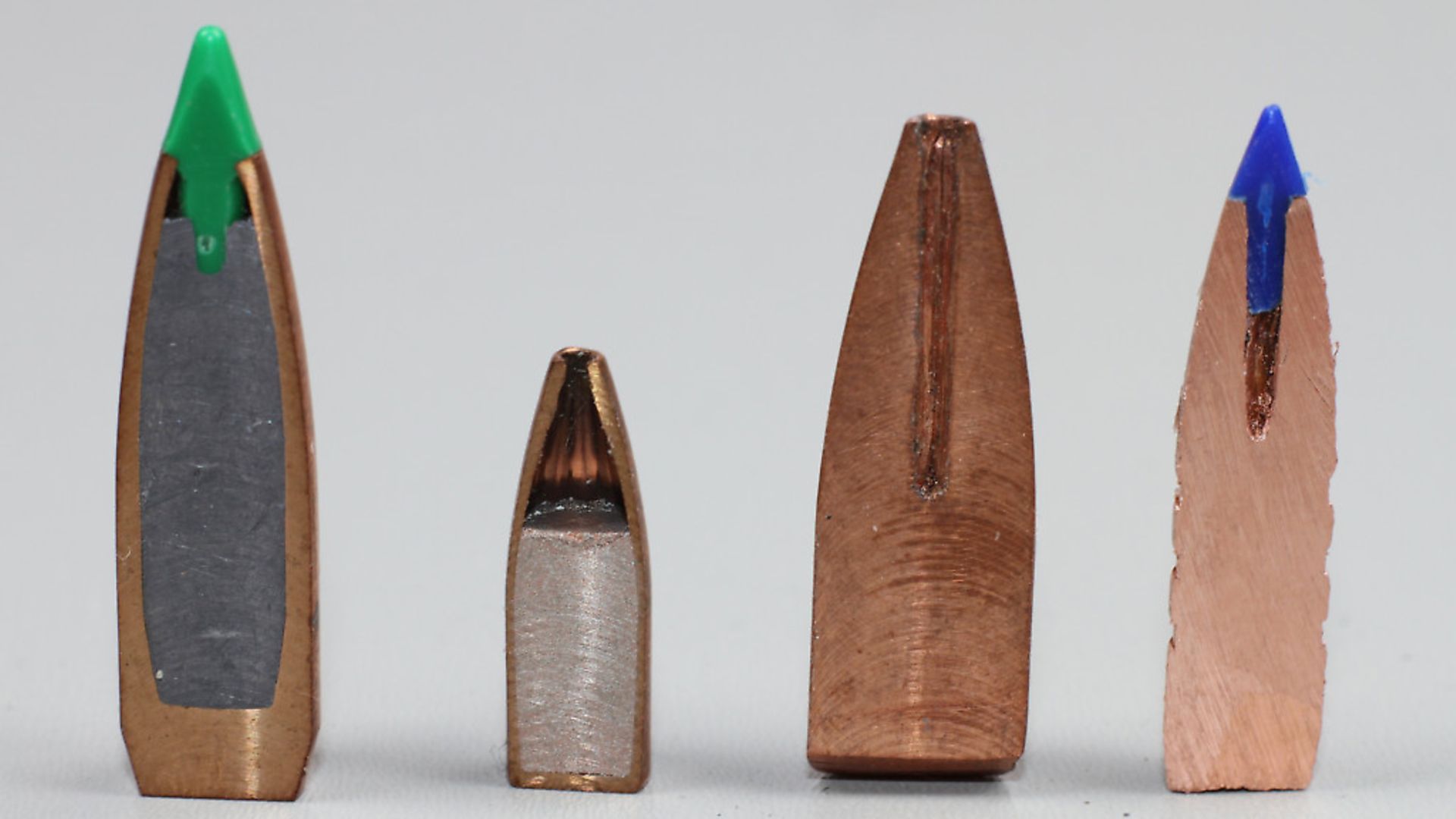 credit: Archant
credit: Archant
It is of no surprise that the spectre of lead-free ammunition continues to loom large over the hunting community, especially when you see the way wildfowlers have to cope with a lead ban. Many estates already have a lead-free policy but it does create a few issues for shooters regarding correct bullet choice – and weight in particular.
Reloading has always been the best way to achieve one’s preferred performance when substituting lead for lead-free loads, but today modern factory lead-free ammunition from firms such as Barnes, Norma, Browning and Sako offer a viable off-the-shelf alternative, many using Barnes bullets in their loaded ammunition. As a consequence, it’s increasingly easier to access for a lead-free alternative.
I have been using a selection of all the major brands for my own rifles over the years, both here and abroad, and I have to say Barnes are the most consistent when it comes to accuracy and terminal performance. Barnes have been part of the shooting world since 1932, with the Barnes original bullet being a mighty monolithic design that is still a viable option today. I remember using their .22 flat-base bullet in my first custom Sako .22-250 way back in 1985.
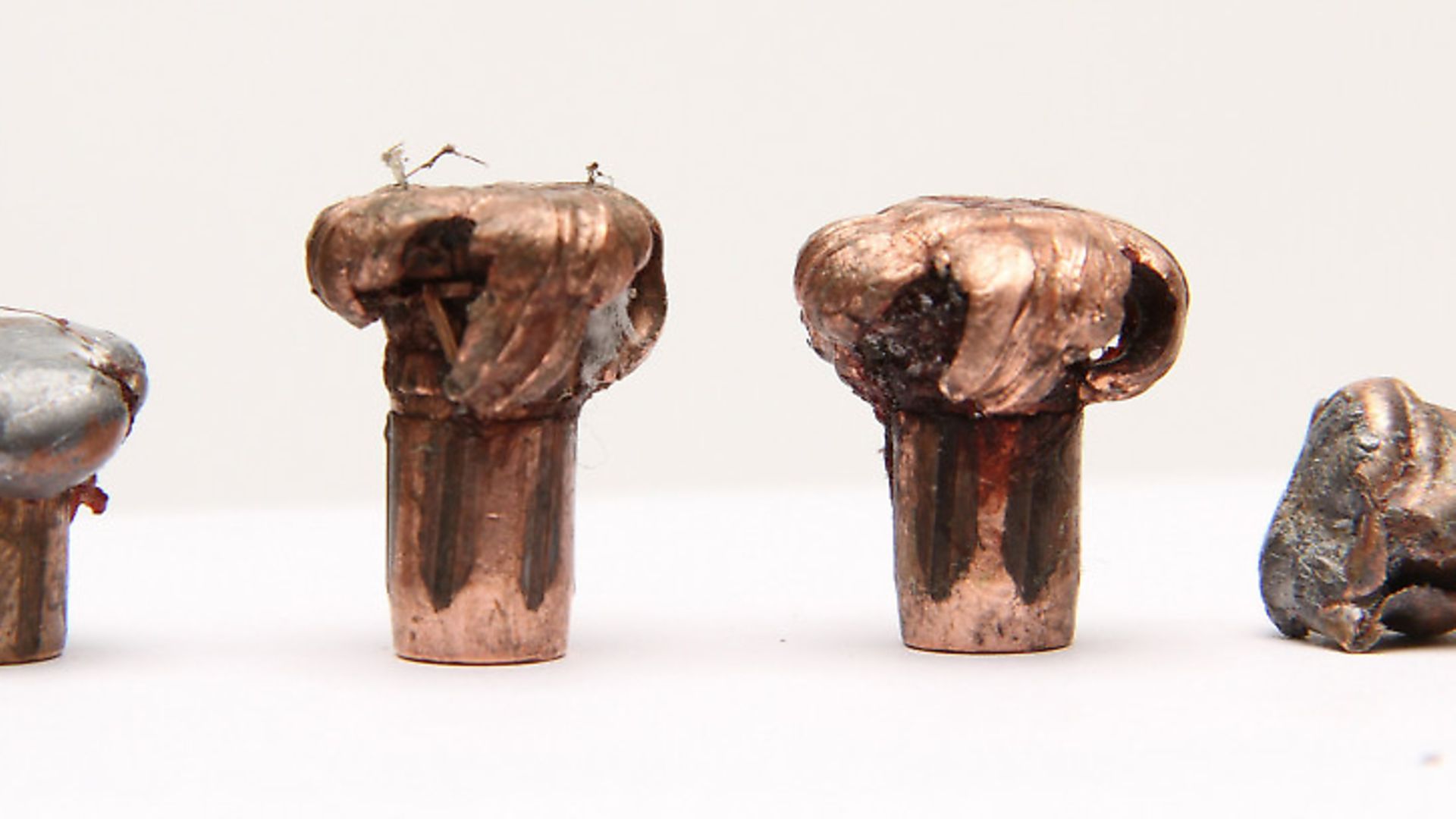 credit: Archant
credit: Archant
some things to think about
1: Lead-free bullets.
Lead-free bullets are significantly different from lead core bullets, not only in construction but also in the very nature of the components used – with both length and weight requiring some adjustment to achieve the performance of an equivalent conventional lead core round. All of this will alter how your rifle shoots them. Here are a few points to consider before you venture into the lead-free world.
Lead-free bullets, due to the copper or guilding metal construction, are usually longer than the same weight lead core bullet and this has implications in terms of stability, barrel rifling twist rates and therefore accuracy. You also have to think about pressure issues, as lead-free bullets are generally seated deeper into the case and will therefore increase pressure by compressing the load or altering the powder capacity.
Most lead-free bullet manufacturers advise that bullets need to be seated deeper into the case and therefore further away from the rifling to obtain accurate results. But you can work with that by altering the burn rate of the powder and/or bullet weight.
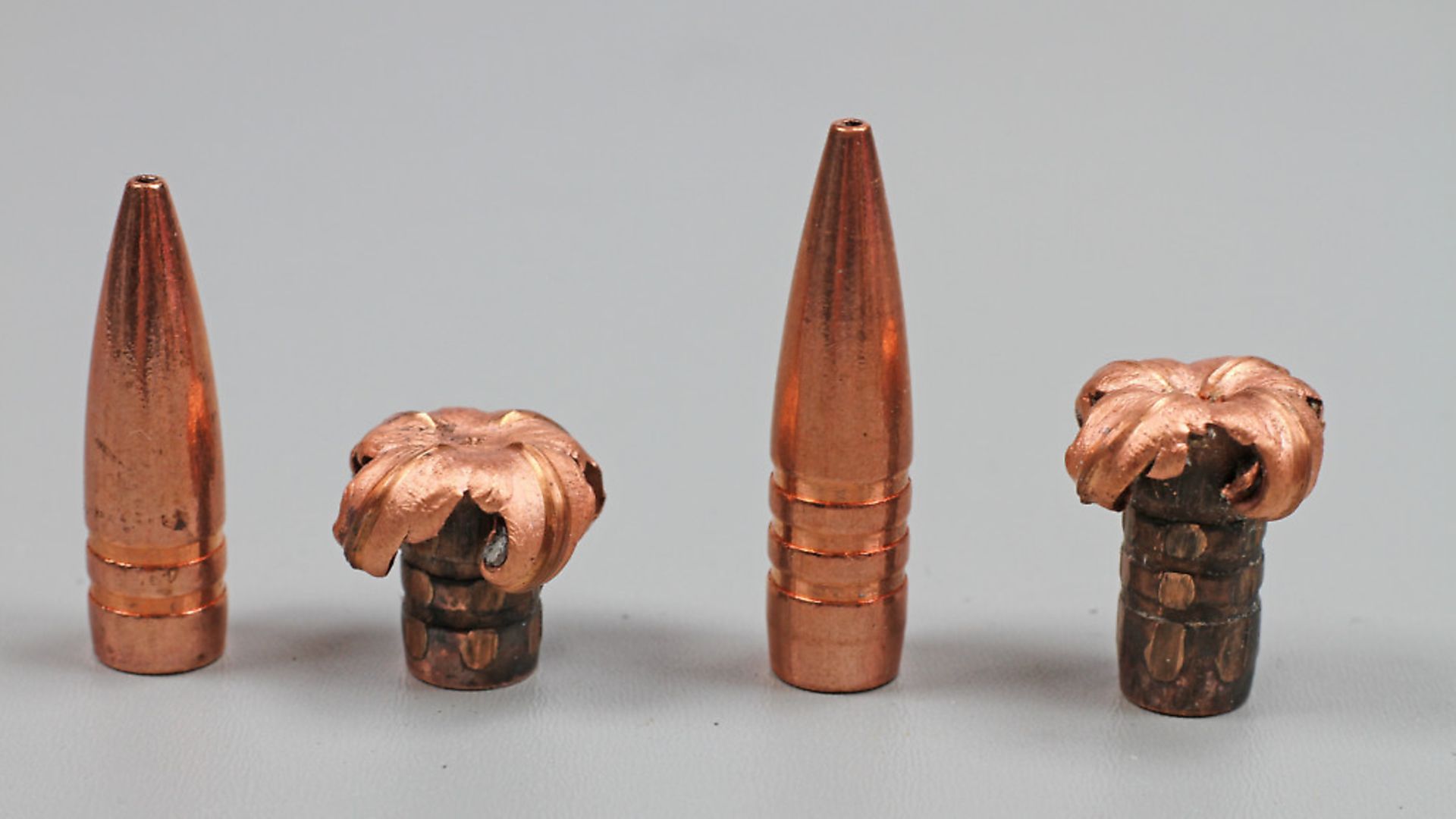 credit: Archant
credit: Archant
2: Weighty issues.
Due to the differing densities of lead compared to copper, you will find that copper bullets will always be longer in length than lead cores. This means that stability in flight will mean a faster rifling twist rate is preferable. Many competitors’ lead-free bullets are unduly long, but the Barnes TSX or TTSX have a good ratio of weight and length for a solid overall copper bullet construction.
Compare a 150gr Nosler Ballistic Tip bullet to that of a 150gr TSX bullet: the overall length is 1.2200” and 1.2410 respectively. A similar Hornady GMX 150gr bullet is over 1.3315” and Nosler’s E-Tip of the same weight is 1.2445” long. That’s why a Barnes TSX bullet will often stabilise in a slower twist rate better than would another lead-free bullet, a very important consideration for performance.
If you have a 1 in 10 twist .30 cal barrel, then there really is no issues but with a slower 1 in 12 rifling it can prove problematic when using heavier lead-free bullets. You can get around this by using a lighter bullet for the calibre (i.e. 130gr .30 cal instead of the 150gr – plus this also has advantages in terms of expansion).
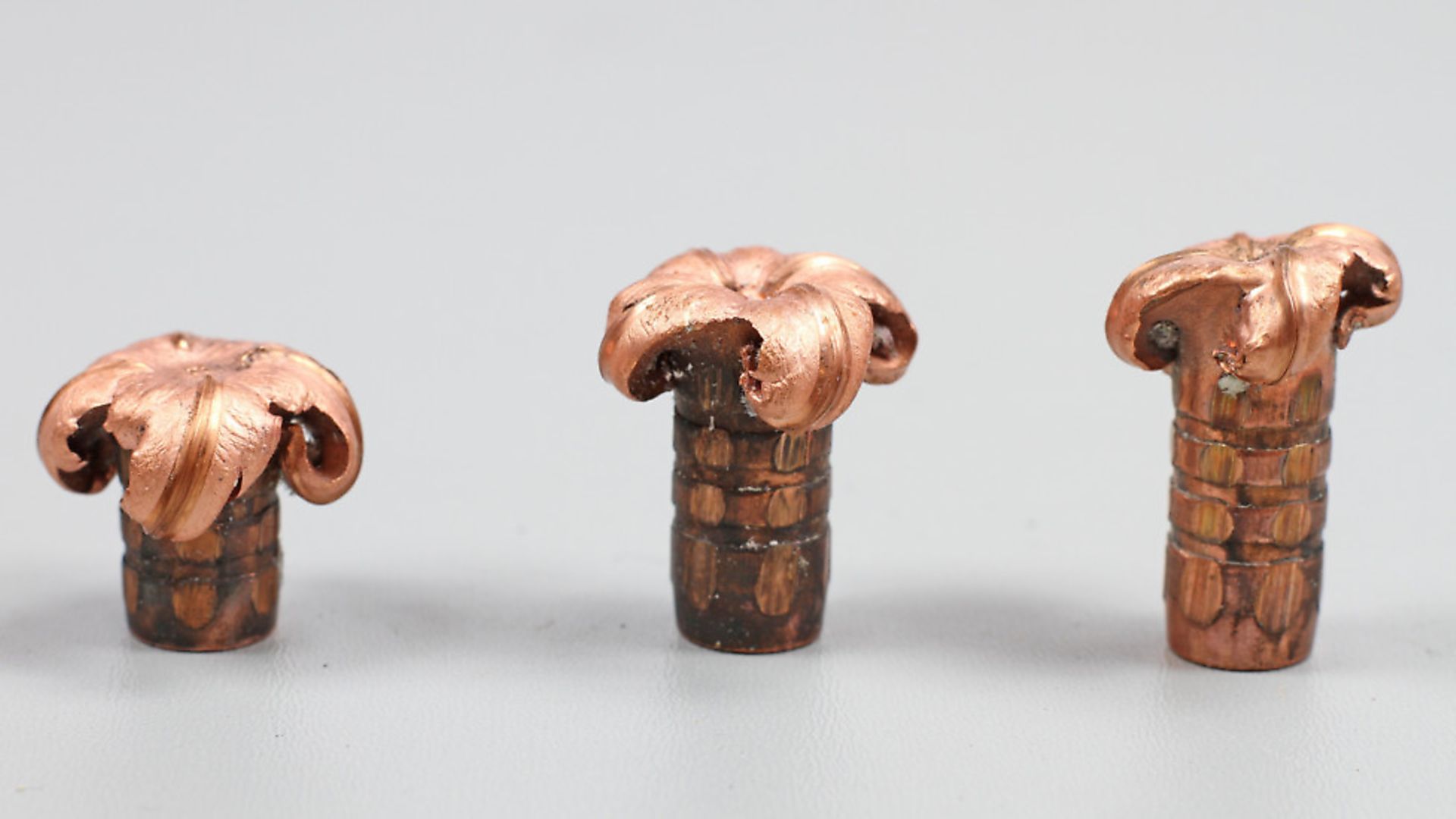 credit: Archant
credit: Archant
3: Diameter and hardness pressure issues, plus fouling.
Copper bullets have no inner core so are more solid than their lead core equivalents, and Barnes alleviate this problem with cannelures around the bearing surface. This helps allow less friction and heat build-up while retaining correct contact with rifling when traveling down the barrel. It also really helps to reduce excessive fouling of copper in the barrel, as these grooves around the shank of the bullet provide riding bands. Less of the copper jacket makes contact with the rifling, which results in less fouling.
Even so, you still have to watch the pressures if you are reloading. Seating depth and potential accuracy are directly affected by the depth of your copper bullets within the cartridge case, and this has to be monitored closely to achieve the best accuracy possible. Remember they are longer in length and will occupy more space within the cartridge case; if loaded to the same seating depth as conventional lead core bullets, the result will be a higher pressure if the same powder load is used.
Secondly, most manufacturers of copper bullets also recommend you seat the bullets much farther off the rifling lands than is normal. Usual lead core bullets tend to shoot better the closer they are to the rifling. As a general rule, copper bullets usually have to be seated at 0.050 to 0.100” off the lands.
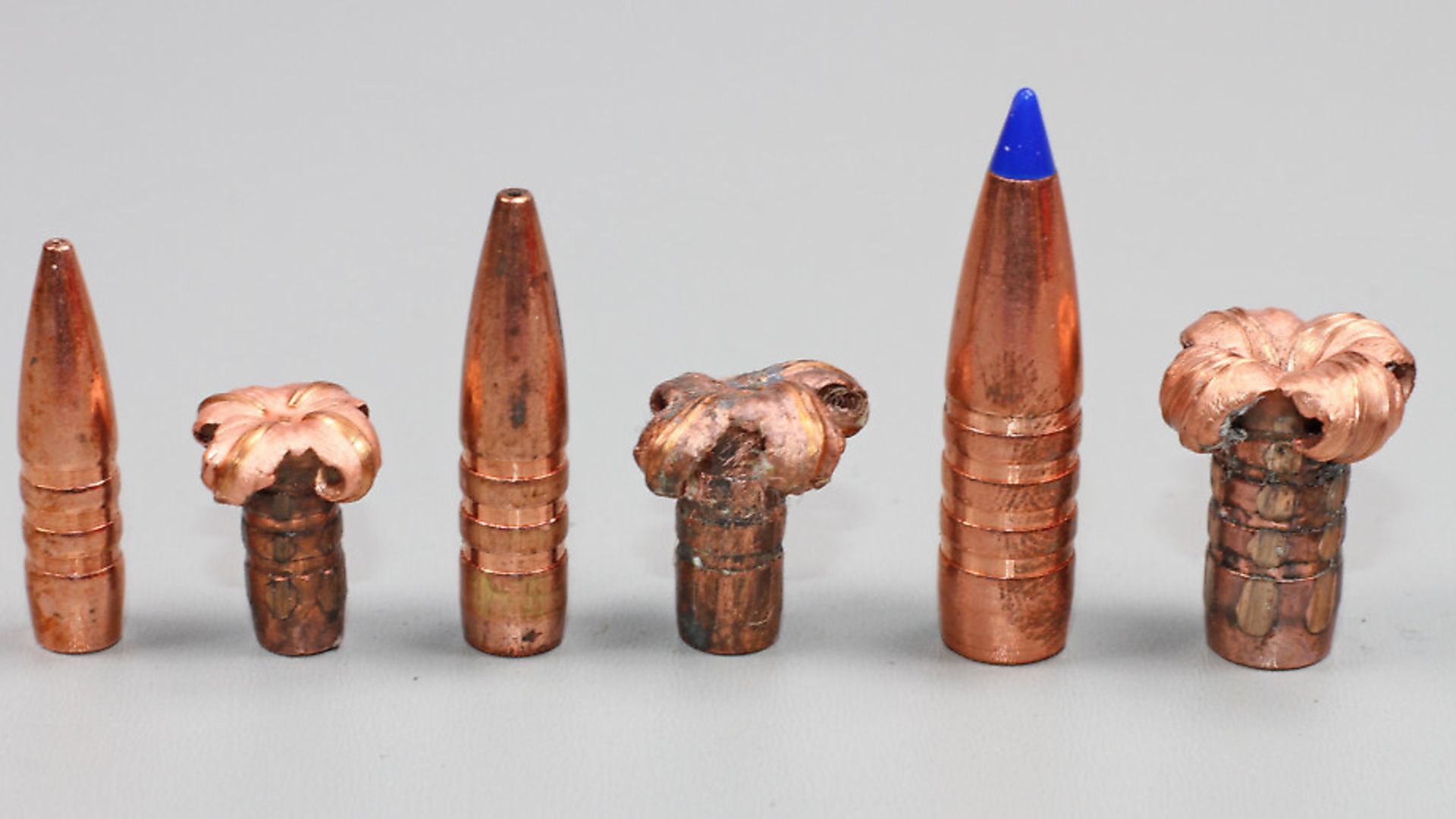 credit: Archant
credit: Archant
Barnes Options
TSX
The Triple Shock X bullets are solid copper bullets that have a hollow point for the TSX that expands into four petals with the rear section driving the bullet straight through the game. These bullets have a bearing surface that has cannelures in them; three in the Triple Shock X are called Accu-Groove which reduce fouling and pressure to increase accuracy. Its all-copper construction utilises an aerodynamic profile in both flat base and boat tail designs, utilising a precise rear axis for maximum propulsion and concentricity.
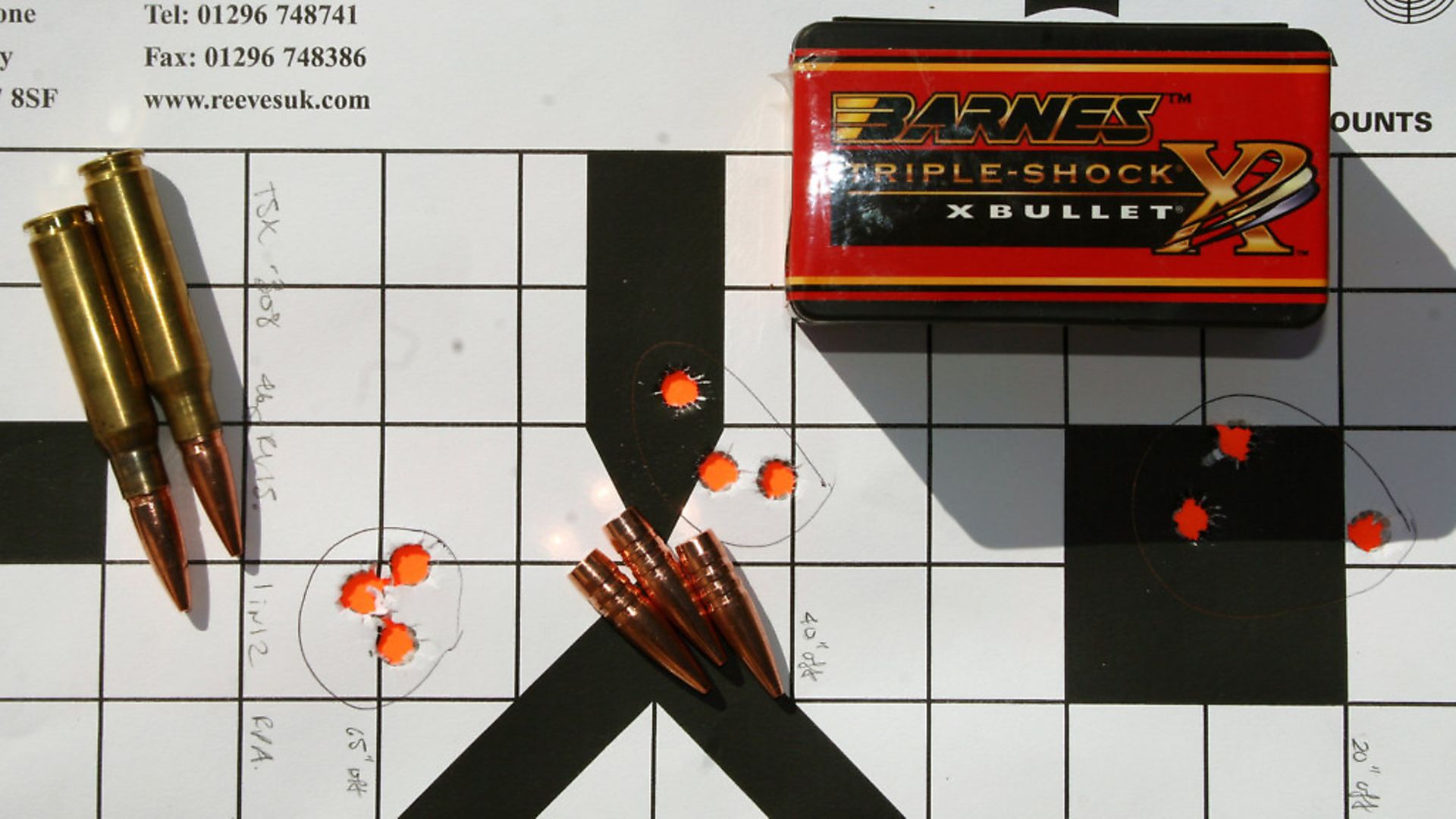 credit: Archant
credit: Archant
TTSX
The Tipped Triple Shock X bullet has a polymer tip to expand rapidly and increase bullet diameter for maximum energy transfer. This has all the features of the TSX bullet, but the polymer tip increases the ballistic coefficient of the bullet and starts the expansion process going earlier.
The TTSX bullet has a larger nose cavity behind the tip to initiate faster expansion. Both the TSX and TTSX are available in all major calibres and bullet weights.
 credit: Archant
credit: Archant
Varmint Grenade
The Varmint Grenade uses a sintered non-lead core of copper and tin surrounded by a guilding metal jacket. Because of this, they are longer than the same-weight lead core variety and are designed to disintegrate on impact. A lead core version called the Varmin-A-Tor uses a thin jacket scored to expand on impact and fragment.
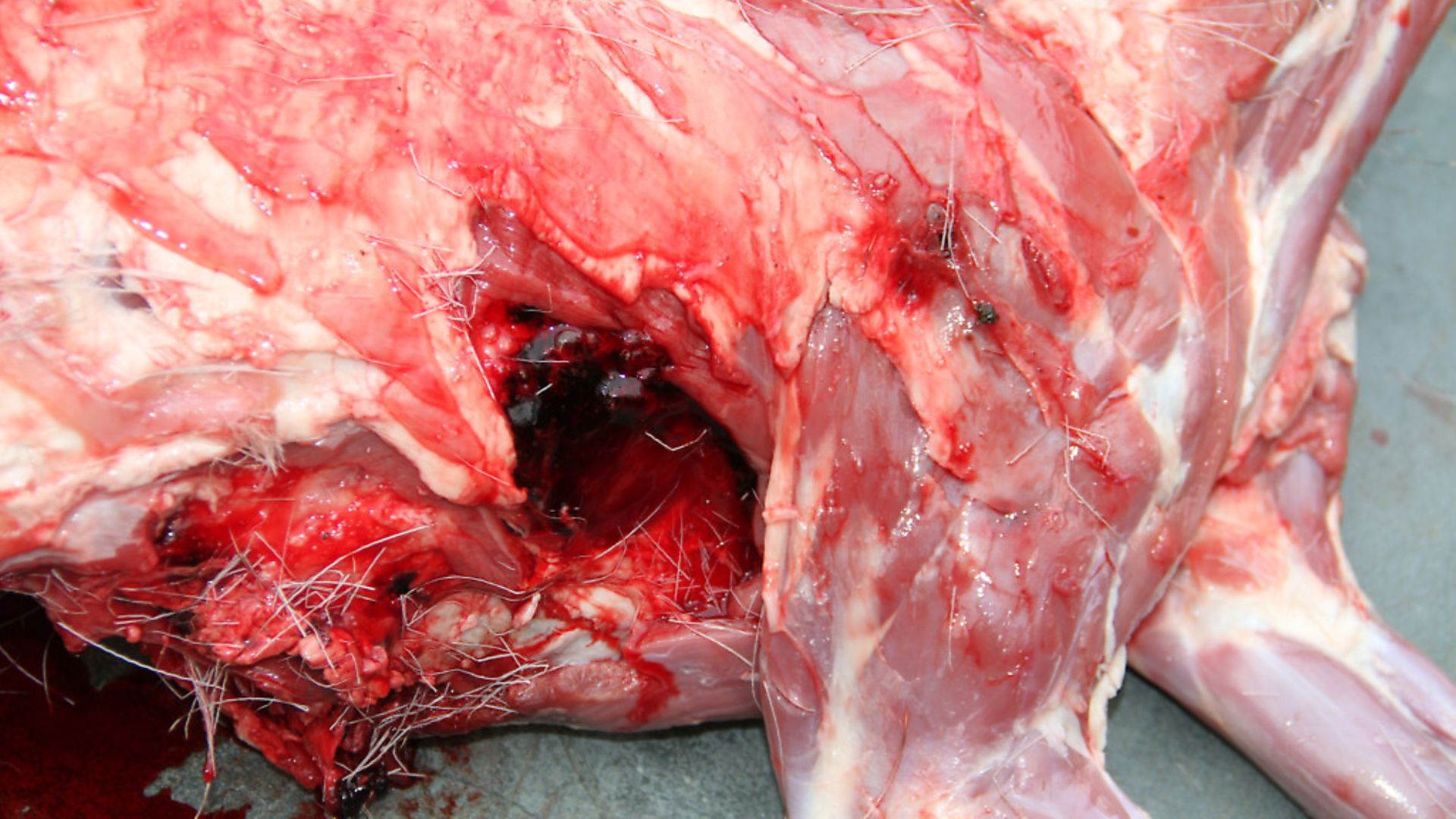 credit: Archant
credit: Archant
Originals
The original Fred Barnes design from 1932 – the world was very different back then but these have stood the test of time! Interestingly, these use a thick copper jacket around a solid lead core with an exposed tip for expansion. These were used on big game when deep penetration was needed, totally spurning the thought process behind the lead-free bullets of today.
These evolved into the Banded Solids that are a single piece of copper/zinc alloy machined into a bullet profile for total integrity on impact, deep penetration and true tracking to the vitals.
 credit: Archant
credit: Archant
LRX
LRX bullets are matched to the Vor-TX LR Barnes ammunition to achieve optimum down range terminal performance due to their tipped solid bullet design with superior ballistic coefficients.
Results
I have shot a huge variety of lead-free bullets from various makers on target and against live game and consistently the Barnes TSX or TTSX bullets have proved superior in my rifles.
.22
The Barnes 62gr TSX shows superb weight retention and expansion and achieves 2964 fps from a .223 24” barrel and is stable in the faster RPA 1 in 9 twist barrels; in a 1 in 12 twist barrel, the bullets were yawing slightly. This was an accurate, solid projectile, unlikely to cause much initial venison damage. I have shot roe in Scotland with these Barnes and CWD in England with excellent accuracy and good energy transfer too.
The Varmint Grenades in .22 and .20 have always been lighter in comparison to traditional bullets due to their sintered core. It means a rapidly expanding bullet when driven at the correct speed and can be used in a .22 Hornet as well as .22-250, so long as the twist rate is correct.
.243 Win
The .243 Win with an 85gr TSX bullet is very much a deer load. In ballistic media, I have had overall penetration of 12.75” and it started to expand only after 2.5” of initial penetration. But it does have a much smaller overall wound channel due to the solid copper nature of the bullet but 100% weight retention, compared to the same weight Game King 85gr load. These TSX bullets have always shot well in 1 in 10 twist rifles or faster with good stability.
.30 cals
Here is where I have used the Barnes bullets the most. My .30-47L Predator rifle loves the lighter weight of the 130gr TSX bullets, which are used instead of the normal 150gr lead core bullets.
These lighter weight, lead-free bullets expand quicker so more energy transfers within a shorter distance, i.e. body cavity. That is velocity dependent, so I would recommend that lead-free bullets need to be chosen 20% lighter compared to lead bullets within the same calibre group to achieve a better blend of terminal ballistics.
The .308 Winchester can shoot a 130gr TSX at 2900 fps, compared to a 150gr version at 2700 fps and 150gr TTSX at 2750 fps. This means that down range the lighter penetrates 25% less than the heavier bullets, and the TTSX (i.e. tipped design) despite its larger size of 150gr will produce the same wound channel volume due to the same expansion. All Barnes bullets remain near as damn it to the weight they started with. Very impressive!
I have a friend who swears by the Barnes TTSX bullets in his .308 AK Improved. The combination of differing loads for the 110gr, 130gr or 150gr, TTSX Barnes transcends all his needs for a good light load for flat shooting English game and a heavier load for use aboard (i.e. African plains game).
The Barnes 110gr TTSX bullets can achieve a muzzle velocity of 3091 fps for 2335 ft/lbs energy with 44gr of RL 10X powder. The 130gr Barnes TTSX could manage 2913 fps and 2450 ft/lbs with 47gr of Vit N140 powder. The 150gr Barnes TTSX achieved sub-1” groups with the best load being 44gr of RL 15 powder for 2752 fps and 2523 ft/lbs.
The Barnes bullets really come into their own in larger cartridges from .30-06 up and especially magnums like the .300 Win Mag. I have used Barnes factory-loaded VOR-TX 180gr Tipped TSX bullets at 2960 fps – these were really accurate, sub-1” groups at 100 yards combined with dependable down range energy transfer and penetration – just what you need on larger game.
Deep penetration on eland, kudu and zebra is a rationale and they were a godsend. We had one recovered bullet that travelled the entire length of a kudu from neck to hindquarters where it rested just under the hide!
Conclusions
If you are looking to use lead-free ammunition, the Vor-TX loaded ammunition is a really good performer. Sure, it is quite pricey, but it really delivers when it comes to accuratacy and consistency.
For reloaders, there are avenues you can explore with a variety of Barnes bullets for deer, varmints or larger dangerous game that produce impressive results. The new VOR-TX Euro ammunition is specifically made for European species of game so I will be interested in trying some of these out in the near future.